Vaccines are among the most effective disease management tools producers have, as long as they are used correctly
Cattle producers and veterinarians should develop vaccine protocols specific to their operations to manage disease risk, says Dr. Joyce Van Donkersgoed. The beef cattle veterinarian from southern Alberta said vaccines are among the most effective disease management tools producers have, as long as they are used correctly. “Vaccination is only one aspect of disease control,” […] Read more Livestock Management
Livestock Management
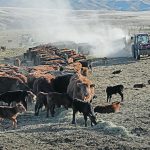
Greasing the wheels of carbon science for feeding
Researchers are looking at adding some oils to alfalfa genetics, bringing down methane releases in cattle
Scientists with Agriculture Canada conducted an experiment, where they added sunflower oil to the diets of Angus heifers. They wanted to know if the sunflower oil would reduce methane emissions from the heifers and it turned out that the answer was “yes”. A small amount of sunflower oil reduced methane by 15 percent. “We concluded […] Read more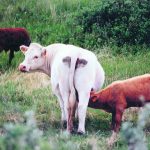
Vitaferst a newborn calf supplement with a twist
This year, an oral supplement called Vitaferst, designed for newborn ruminants (calves, lambs and goat kids) was launched. Apart from selenium and the fat-soluble vitamins A, D, and E, which are normally injected at birth requiring two separate needles, it contains one other mineral and one other vitamin. The product is formulated to have similar […] Read more
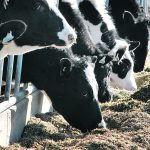
Diving into the Western Milk Pool
Ties between western Canadian provincial milk and dairy organizations are set to get tighter after a new governance model for working together under the Western Milk Pool (WMP) received unanimous approval. Alberta Milk, SaskMilk, Dairy Farmers of Manitoba along with British Columbia’s two producer organizations, B.C. Milk and B.C. Dairy all agreed to the partnership […] Read more
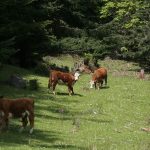
B.C. producers face unusual weather
Producers were keeping an eye on unusual weather conditions this fall that have affected much of British Columbia less than a year after some of the worst flooding in provincial history. Warmer weather has delayed the return of cattle to some ranches, said Kevin Boon, general manager of the B.C. Cattlemen’s Association. “Out here, we […] Read more
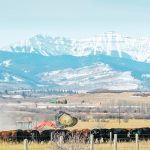
Funding formula for Alberta cattle association still outstanding
Alberta Beef Producers is still in discussions about its financial contribution to the Canadian Cattle Association, despite having to provide slightly fewer checkoff refunds this year to the province’s ranchers. Talks with the CCA include potentially moving toward a different funding model for the national organization “to help us through a difficult time right now […] Read more
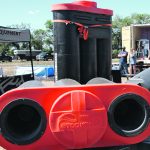
Mother Earth offers worry-free winter watering
The differential between ambient temperature and groundwater in winter helps keep water from freezing in the pasture
SASKATOON — Ranchers who winter graze agree that getting water to the cattle in -30 C weather can just about become a full-time job. Some remedies work pretty well, others not so well. Ice at the waterer can be chopped and removed, but a frozen subterranean water line can ruin your winter plans. Meanwhile, there’s […] Read more
Health strategy developed
Animal Health Canada has released a new strategic plan to guide it through to 2025. Known as the National Farmed Animal Health and Welfare Council until last January, AHC implemented a review of its plan and governance as part of the transition. In late September, the organization announced the plan had been updated as the […] Read more
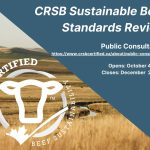
Roundtable eyes improvements
The Canadian Roundtable for Sustainable Beef has launched online public consultations on proposed changes to its sustainability standards. This follows consultation with stakeholders, as the CRSB ends its first five years of operation. Kristine Tapley, chair of the CRSB’s certified sustainable beef framework committee, said every indicator in the standards for both beef production and […] Read more
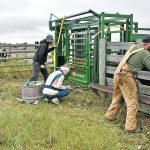
Immunizing the youngsters – photo essay
It was vaccination time recently at the Rock Solid Ranch near Aylesbury, Sask. The calves were given their booster vaccinations and those with horns were dehorned. They were then sorted into groups. | Mickey Watkins photos

 Livestock Management
Livestock Management


